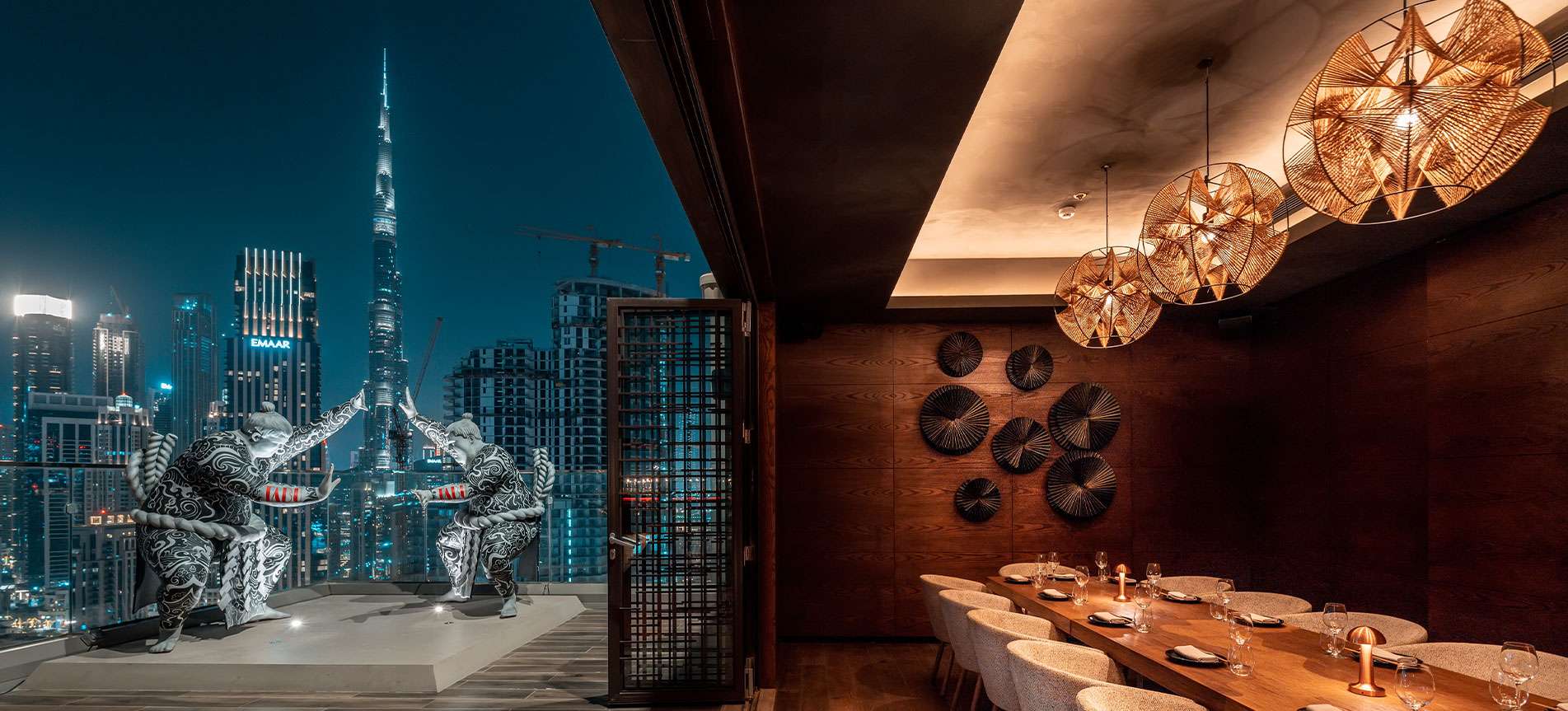
A drop in beverage sales can be frustrating for any restaurant or bar owner. It affects your bottom line and can also have a negative impact on the overall customer experience. A beverage menu that isn’t optimized for sales can lead to missed opportunities. Fortunately, by implementing effective strategies, you can revitalise your menu and increase sales. Beverage menu engineering Dubai is one such approach that focuses on redesigning your menu to boost profitability and customer engagement.
Analyze sales data and customer preferences
The first step in fixing a sluggish beverage menu is to review your sales data. Identify which drinks are underperforming and explore reasons for their decline. Are customers choosing other items? Are the drinks too complex or not aligned with current trends? Understanding customer preferences and sales trends can help you focus on the drinks that have the strength to increase sales.
Highlight high-margin or signature beverages
Often, the key to boosting sales is to draw attention to your high-margin or signature beverages. By strategically placing these drinks in prominent positions on your menu, you can increase their visibility and likelihood of being ordered. For example, highlighting these drinks at the top of the menu, or using bold fonts or borders, can encourage customers to choose them. These drinks generate higher profits and can also help improve your brand’s identity.
Simplify the menu layout
Overcomplicated menus can overwhelm customers, causing them to make quicker, less thoughtful decisions. Consider simplifying your beverage menu to make it easier for customers to steer. Group similar drinks together (e.g., cocktails, wines, mocktails), and limit the number of items to focus on quality over quantity. A streamlined menu that’s easy to scan can encourage customers to explore new options without feeling overwhelmed.
Revamp drink descriptions
Descriptive language can significantly impact a customer’s choice. If your menu descriptions are dry or vague, it might be time to rewrite them. Use enticing, sensory words that evoke the taste, smell, and texture of the drinks. For example, describing a cocktail as “a refreshing blend of citrus and mint with a dash of sparkling water” is far more appealing than simply listing the ingredients.